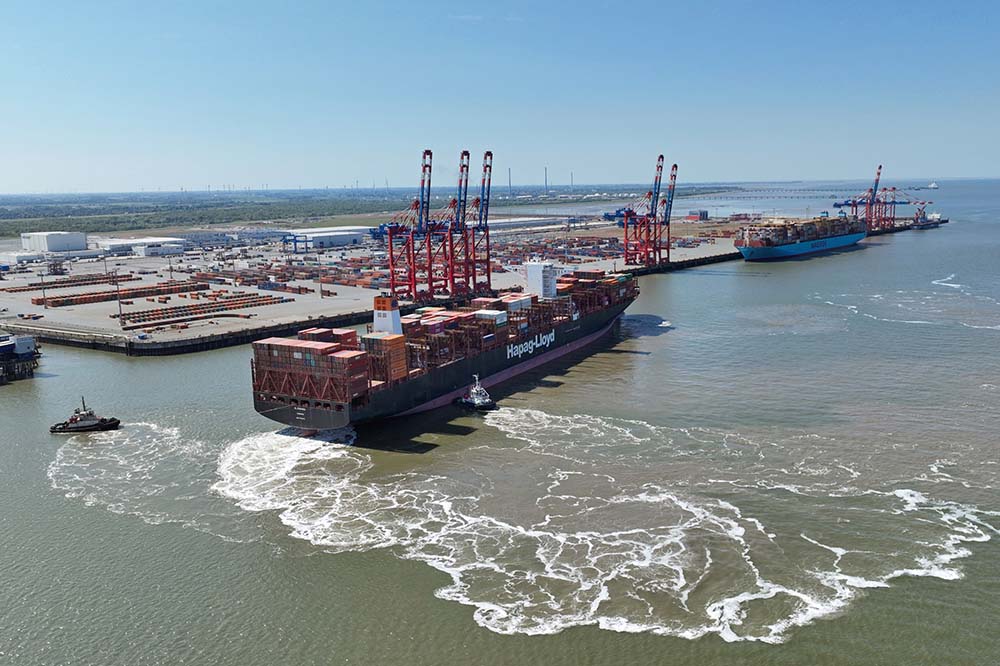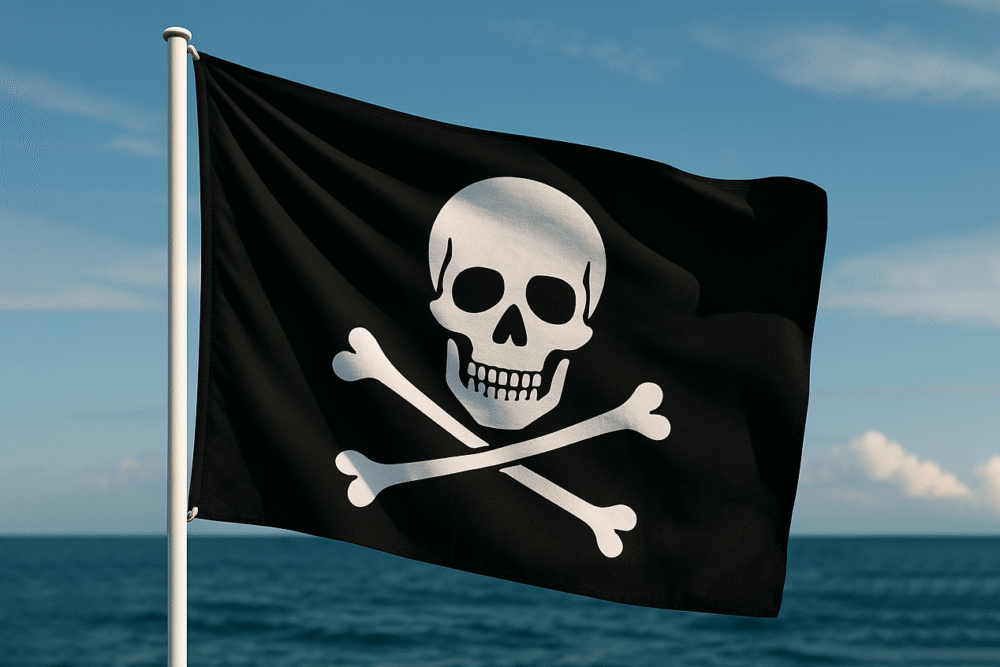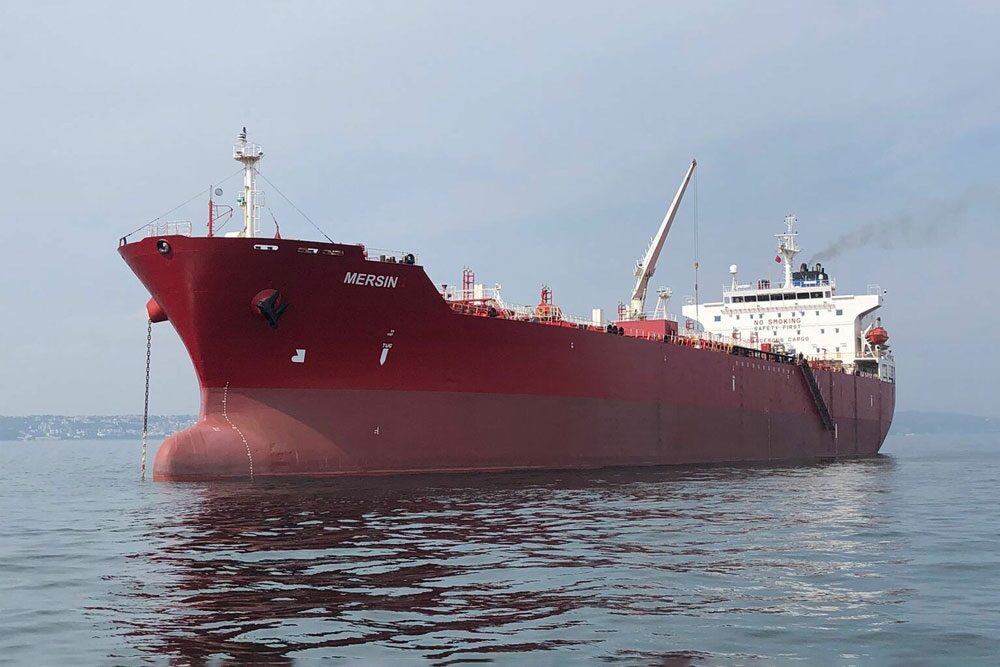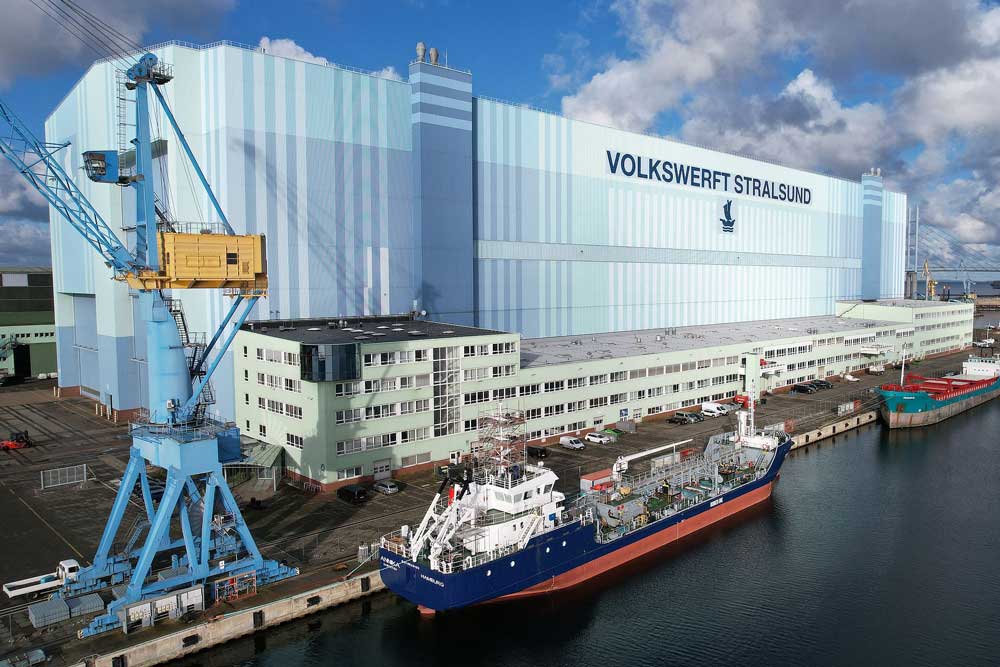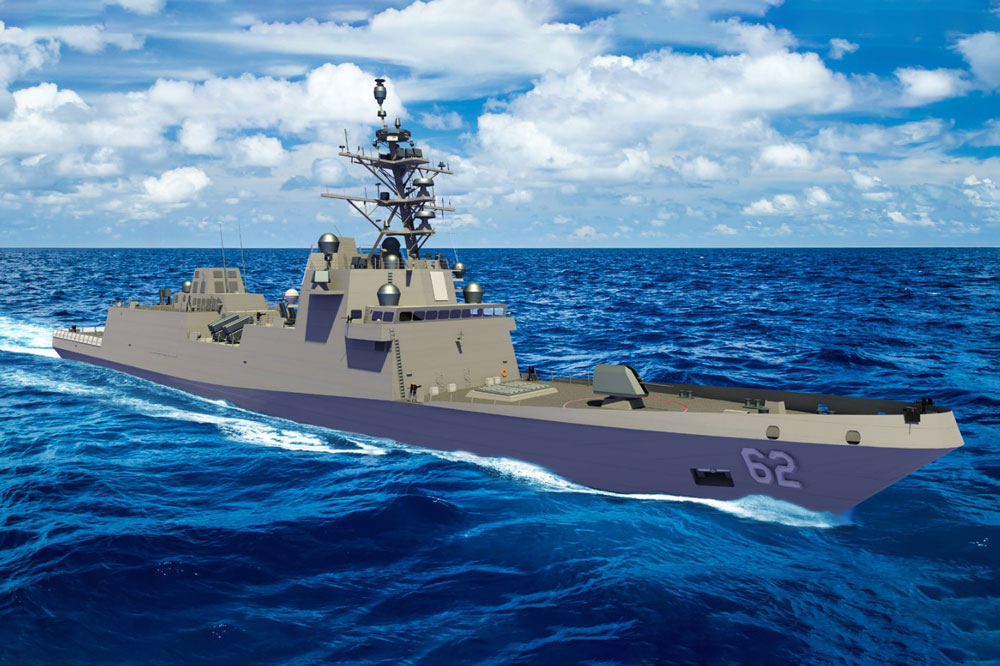The No. 2 and No. 5 in global container shipping are joining forces: Hapag-Lloyd and Maersk are forming a new alliance, the “Gemini Cooperation”.
The cooperation, which has now been agreed, will start in February 2025 with the aim of creating a joint service network with industry-leading reliability. “We will benefit from efficiency gains in operations and the decarbonization of our industry,” says Rolf Habben Jansen, CEO of Hapag-Lloyd. [ds_preview]
The new alliance comprises a fleet pool of around 290 vessels with a combined capacity of 3.4 million TEU. Maersk will provide 60% and Hapag-Lloyd 40% of the vessels. “Hapag-Lloyd is an ideal partner,” says Vincent Clerc, CEO of Maersk.
Gemini aims for schedule adherence and decarbonization
Once the joint network is fully implemented, the two shipping companies aim to achieve schedule reliability of over 90%. Customers will also benefit from improved transit times on many routes and access to some of the world’s most important container hubs.
As part of this decision, Hapag-Lloyd will leave “THE Alliance”, the previous alliance with ONE (Japan), Yang Ming (Taiwan) and HMM (Korea), in January 2025. Maersk and MSC had already announced a year ago that they would end the joint alliance “2M”, also in January 2025.
Seven trade lanes for “Gemini”
The “Gemini Cooperation” will serve seven trade lanes: Asia-US West Coast, Asia-US East Coast, Asia-Middle East, Asia-Mediterranean, Asia-North Europe, Middle East-India/Europe and Transatlantic. In total, there are 26 liner services. The network is supplemented by 32 regional feeder services.
The globally operating services call at twelve container hubs. Maersk is involved in 59 terminals in 31 countries on all continents worldwide, while Hapag-Lloyd has 20 terminals in Europe, Latin America, the USA, India and North Africa. The company’s own terminals are regarded as a key to efficient processes at the sea-land interface.
